
This Is the President: A Political Sim Worth Playing?
Contents
This Is the President, from the creators of This Is The Police and Rebel Cops (THQ Nordic), offers a familiar blend of management and strategy gameplay. Instead of the usual police procedural, this title dives into a “political sim” combined with visual novel elements, centering on a shadowy figure newly elected as President of the United States. This review explores whether the game successfully delivers on its intriguing premise.
 This Is the President presents a unique blend of political simulation and visual novel gameplay.
This Is the President presents a unique blend of political simulation and visual novel gameplay.
Playing the Corrupt Commander-in-Chief
The story begins in 2020. You, after a long campaign against a declining incumbent, are surprisingly elected President of the United States. Your responsibilities include addressing national issues, participating in press conferences, engaging in diplomacy, signing documents, and managing your public image via Twitter. However, beneath the surface, your character is a shady businessman with a dark past, and the presidency is merely a means to ratify Amendment 28, granting you lifelong immunity from prosecution.
 Navigating the complexities of the presidency involves managing a team and making tough decisions.
Navigating the complexities of the presidency involves managing a team and making tough decisions.
Politics is a recurring theme in video games, but instead of a broad scope like Sid Meier’s Civilization or Crusader Kings, This Is the President opts for a more accessible point-and-click, choice-driven system combined with resource management, reminiscent of visual novels. Developer SuperPAC effectively conveys political culture, making seemingly dry content engaging. Objectives tied to the narrative are broken down into smaller, digestible tasks, despite the game’s dense content.
Each objective further divides into numerous tasks presented as mini-problems. Your primary role involves reading descriptions and assigning subordinates to handle them. Some tasks require direct action, instructing your team on how to proceed.
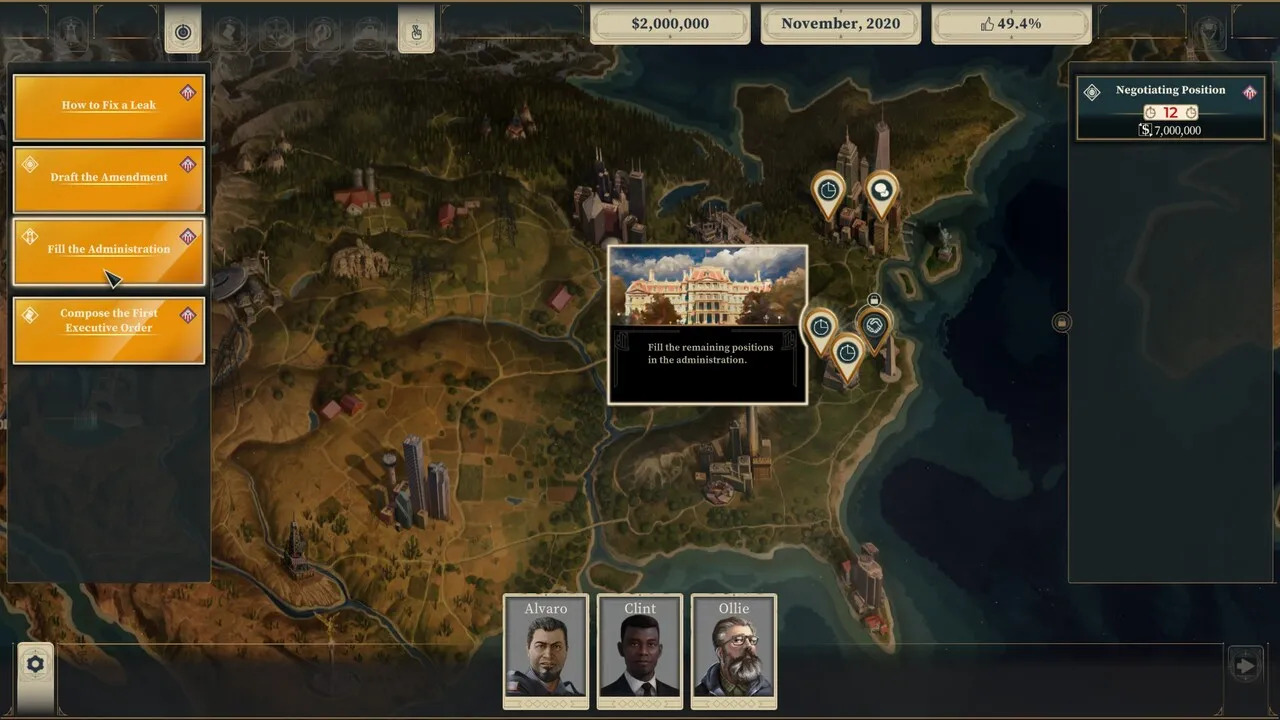 Managing your team and resources is crucial to success.
Managing your team and resources is crucial to success.
Choosing the right person for the job is critical. Media-related tasks require a skilled reporter, while more clandestine operations like assassinations or protection detail necessitate bodyguards or assassins. Perhaps a hacker capable of controlling bomb-laden drones might be useful in certain situations.
For instance, in “Courting the Elites,” you need to organize a secret meeting with the upper class to attract investment. Assigning a reporter and a bodyguard is the optimal strategy. Success rewards you with approval ratings and sometimes a fixed monthly income. Failure, however, significantly impacts your approval.
As the game progresses, the difficulty increases, replacing safer options with riskier actions like eliminating rivals, extortion, and bribery, adding to the tension.
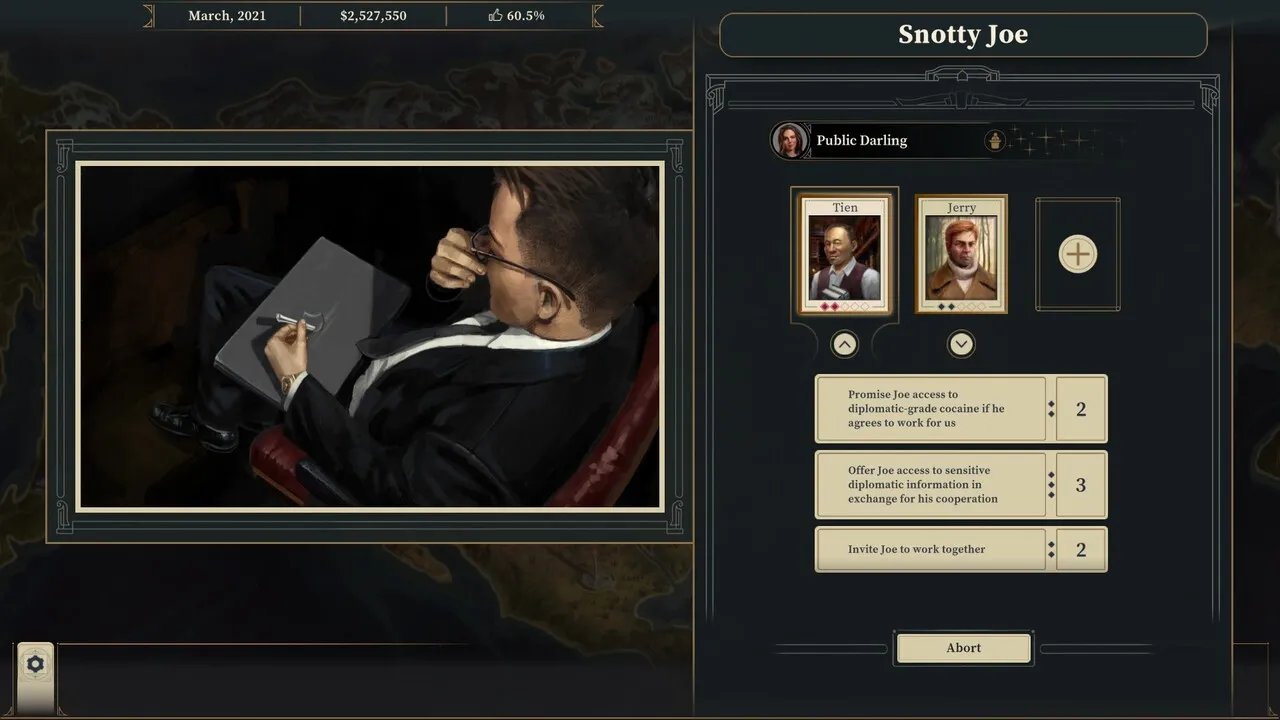 The game presents challenging scenarios with difficult choices.
The game presents challenging scenarios with difficult choices.
The game constantly challenges you with dilemmas and choices that often have negative consequences. While most tasks involve reading and delegating, the sheer volume and well-paced distribution create a sense of tension and drama, keeping you hooked for hours.
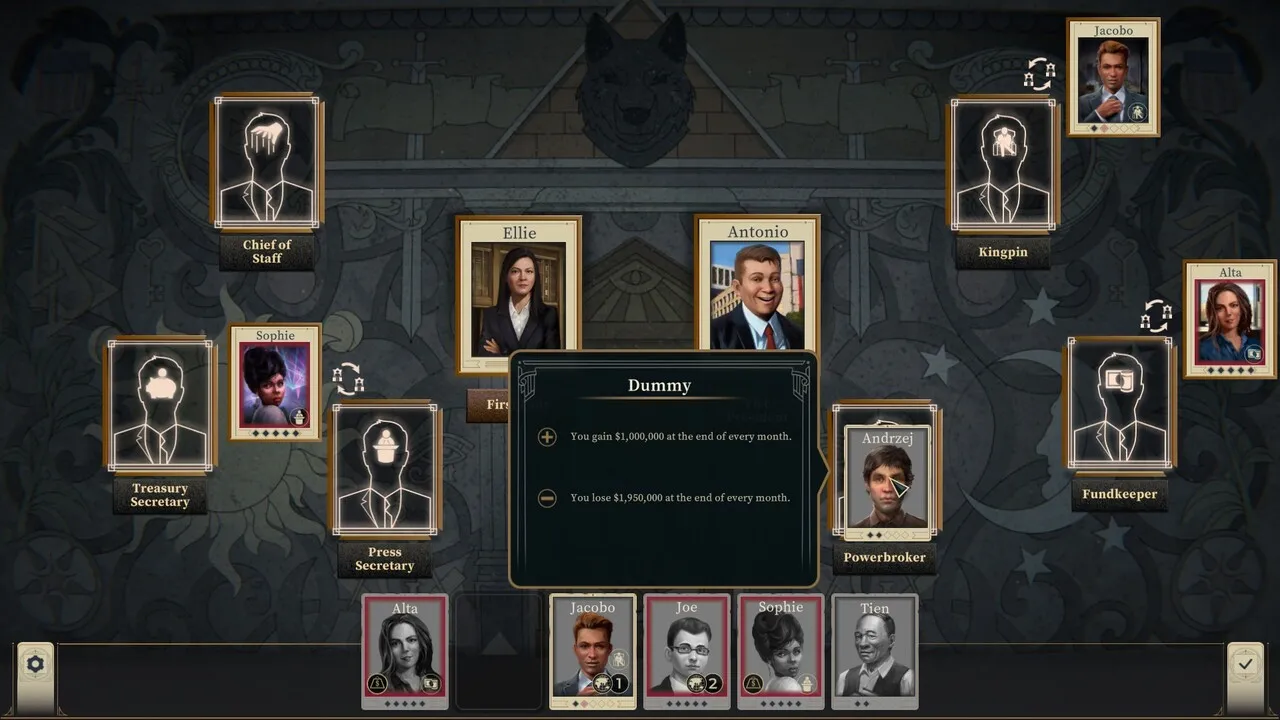 Successfully navigating the challenges earns rewards and boosts approval ratings.
Successfully navigating the challenges earns rewards and boosts approval ratings.
A Balancing Act of Management
This Is the President’s management aspect revolves around three resources: money, approval rating, and personnel. While seemingly simple, the game throws constant curveballs, forcing you to juggle these resources.
Beyond paying salaries and holiday bonuses, your subordinates have personal requests, starting with raises, loans, and promotions. As your staff grows, these requests become more complex and even absurd. For example, giving lawyer Clint a raise might prompt others to demand similar treatment or substantial bonuses.
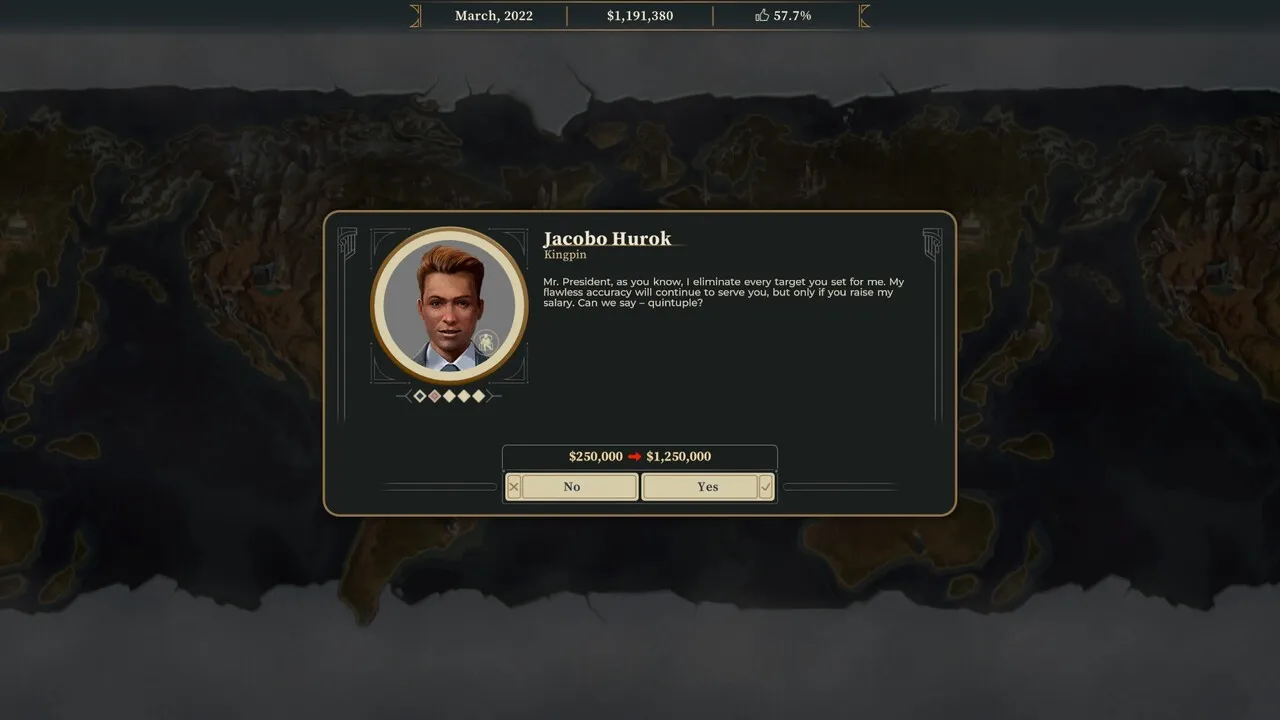 Managing your staff and their demands can be a complex undertaking.
Managing your staff and their demands can be a complex undertaking.
Assigning two conflicting personalities to the same task can escalate tensions, eventually forcing you to fire one. The limited pool of available personnel makes dismissals risky, potentially leading to understaffing and further complications.
This “high-risk, low-reward” management system offers limited options for balance. You either sacrifice money and approval ratings or relinquish other valuable resources. This elevates each decision beyond simple right/wrong choices, adding strategic depth.
A Disjointed Narrative
After 15 hours of clicking and reading, the narrative doesn’t leave a lasting impression. However, This Is the President features a well-crafted and engaging political storyline. The problem lies in its lack of a satisfying conclusion, regardless of player choices.
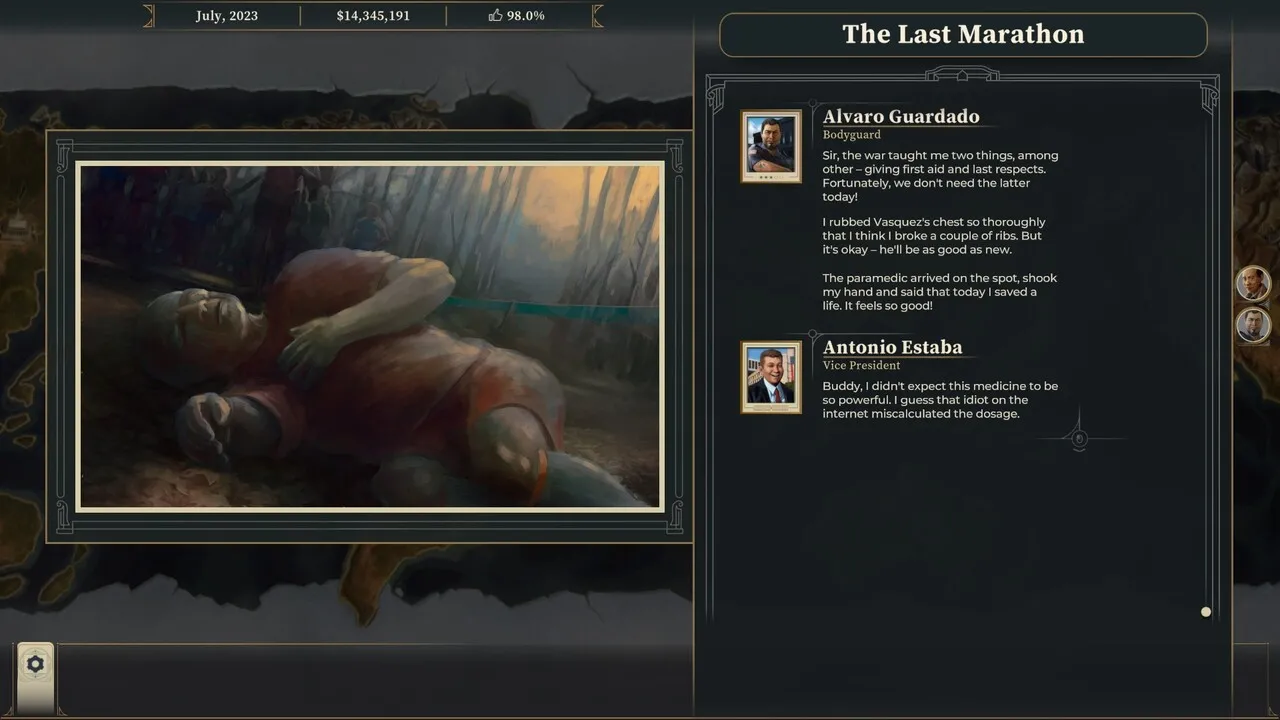 The narrative, while intriguing, lacks a satisfying conclusion.
The narrative, while intriguing, lacks a satisfying conclusion.
For example, screenwriter Ray threatens to expose your past in an upcoming interview. The optimal solution is eliminating him and staging it as an accident. But what if you choose otherwise? The truth comes out, your approval rating drops, but the overall narrative remains largely unaffected.
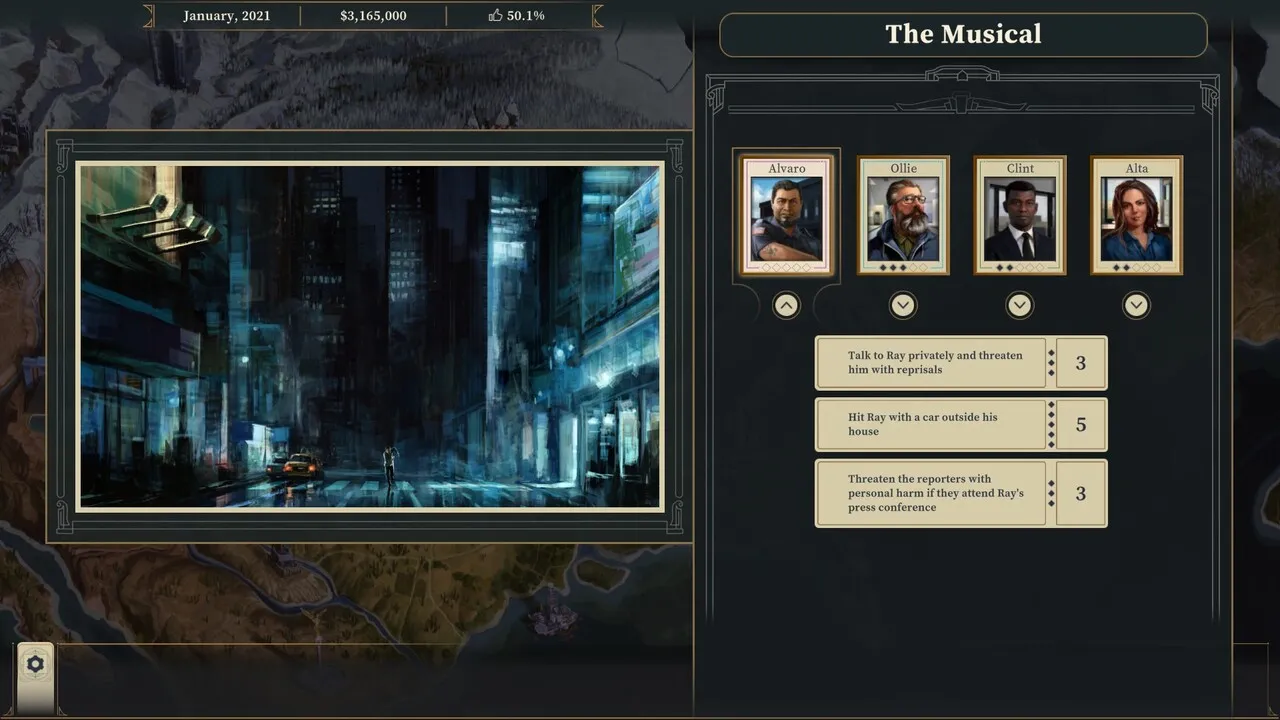 Choices often feel inconsequential to the overall narrative.
Choices often feel inconsequential to the overall narrative.
Intriguing and seemingly crucial plot points are presented without significantly impacting the overall narrative, diminishing the story’s impact.
Another frustrating mechanic is the “Pop-ups” quiz, where you answer yes or no to random questions. Correct answers increase approval or grant bonuses, but many answers are arbitrary or based on real-world events, offering no clues for deduction. This not only complicates the gameplay loop but also introduces frustrating penalties.
Conclusion
This Is the President offers an engaging and challenging political simulation experience. While the management and gameplay mechanics are well-designed, the disjointed narrative and arbitrary “Pop-ups” detract from the overall experience. Despite its flaws, the game offers a unique and thought-provoking take on the political landscape.
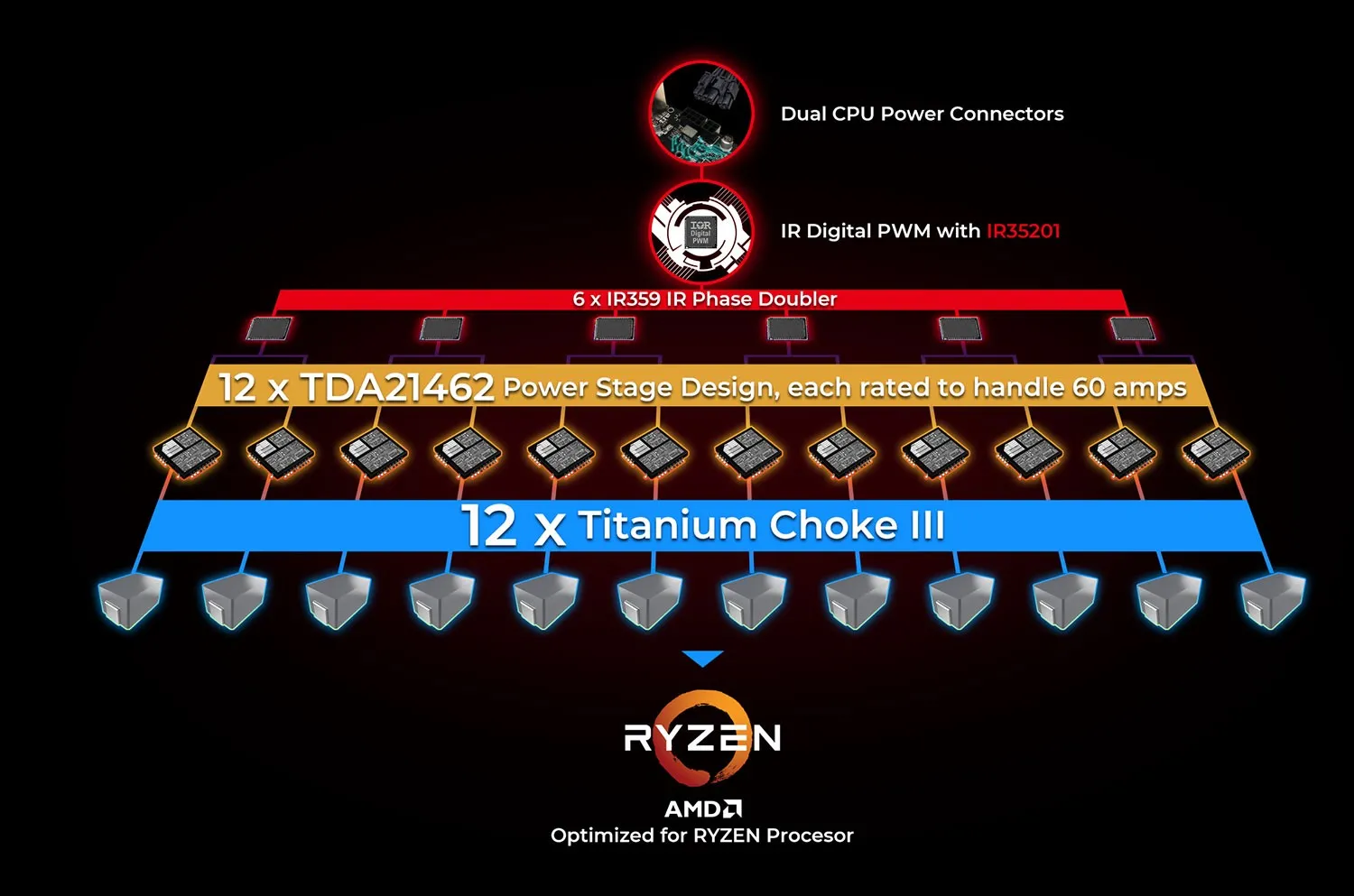
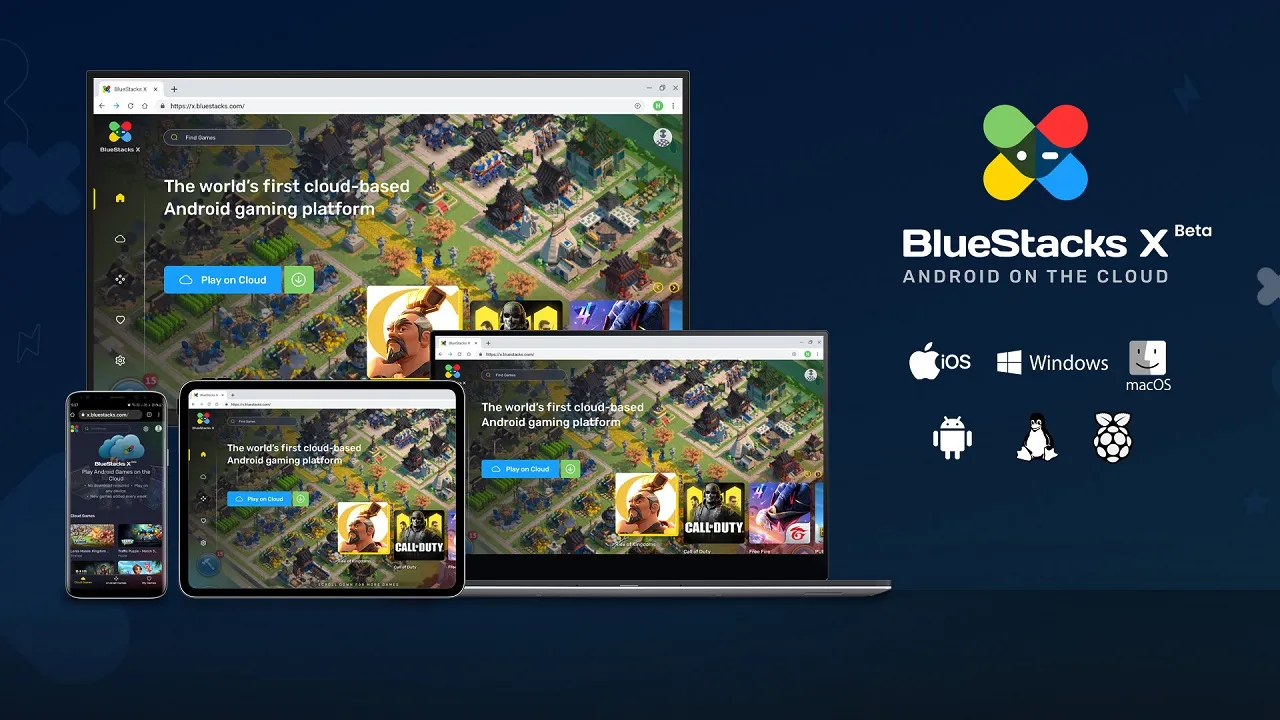

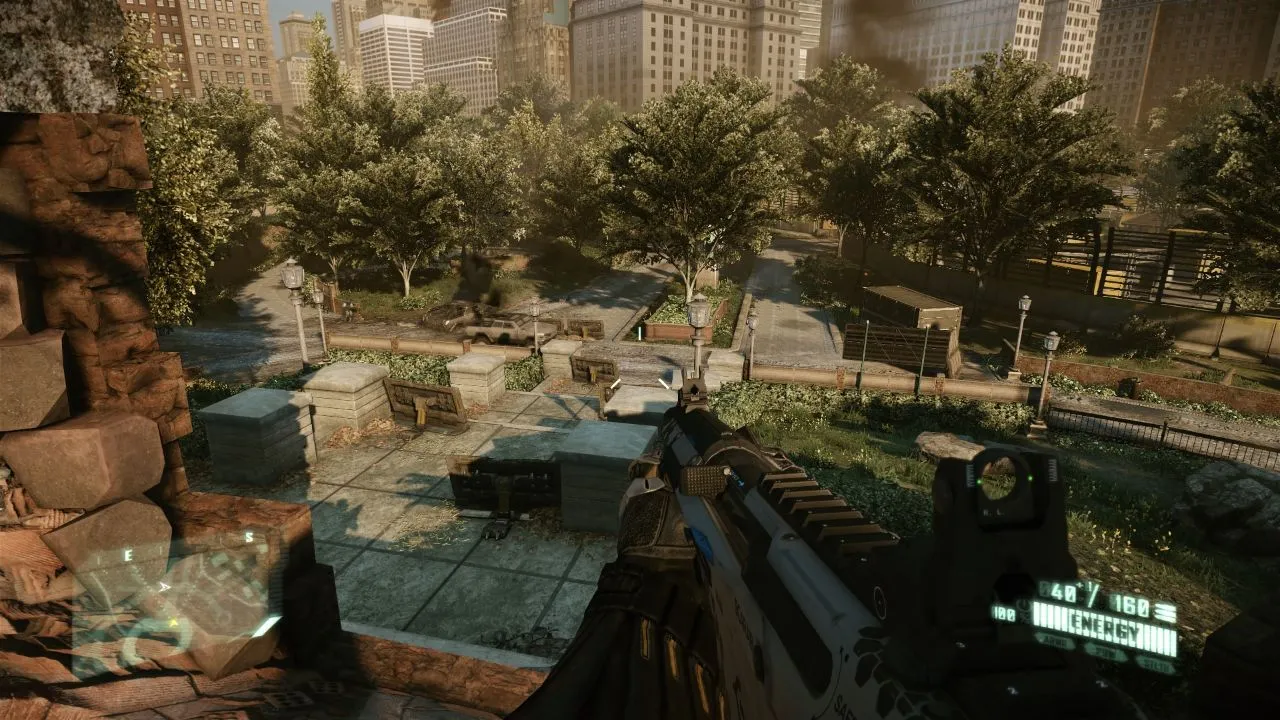

Comments (0)